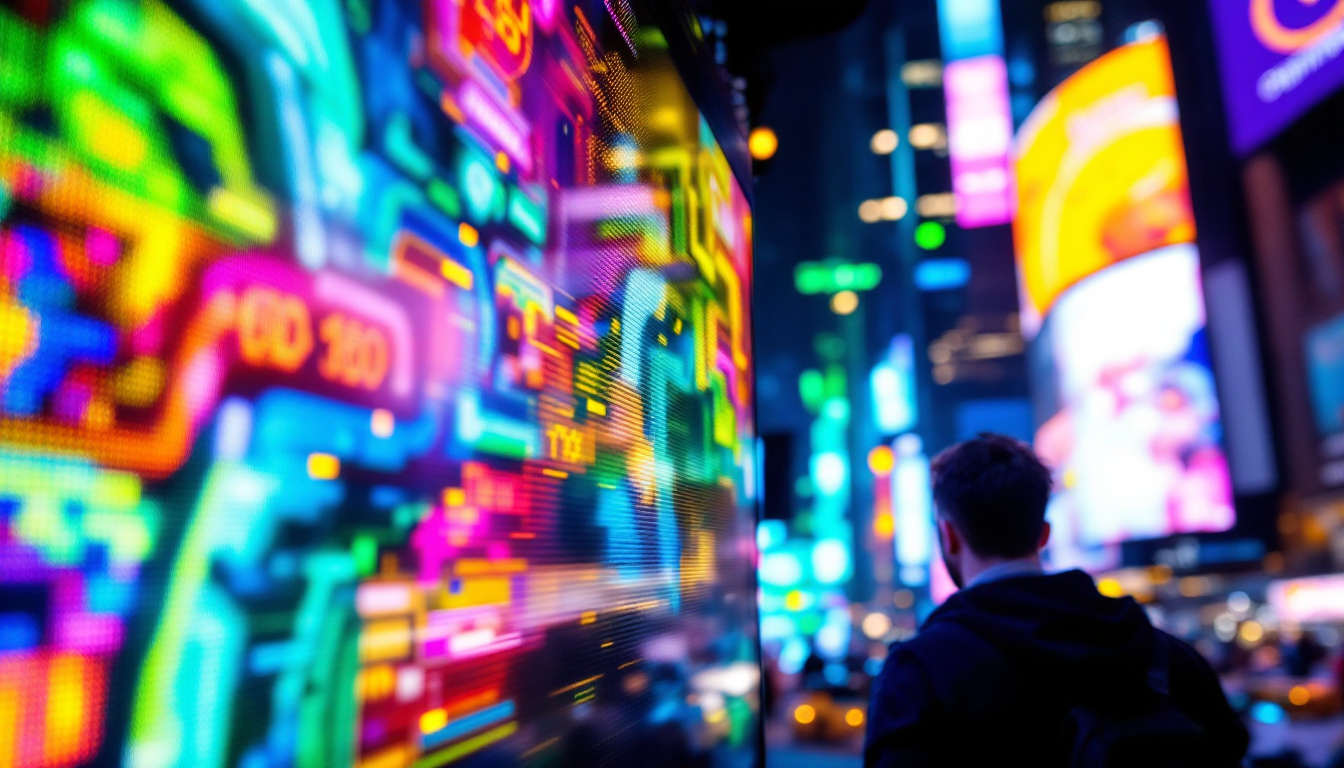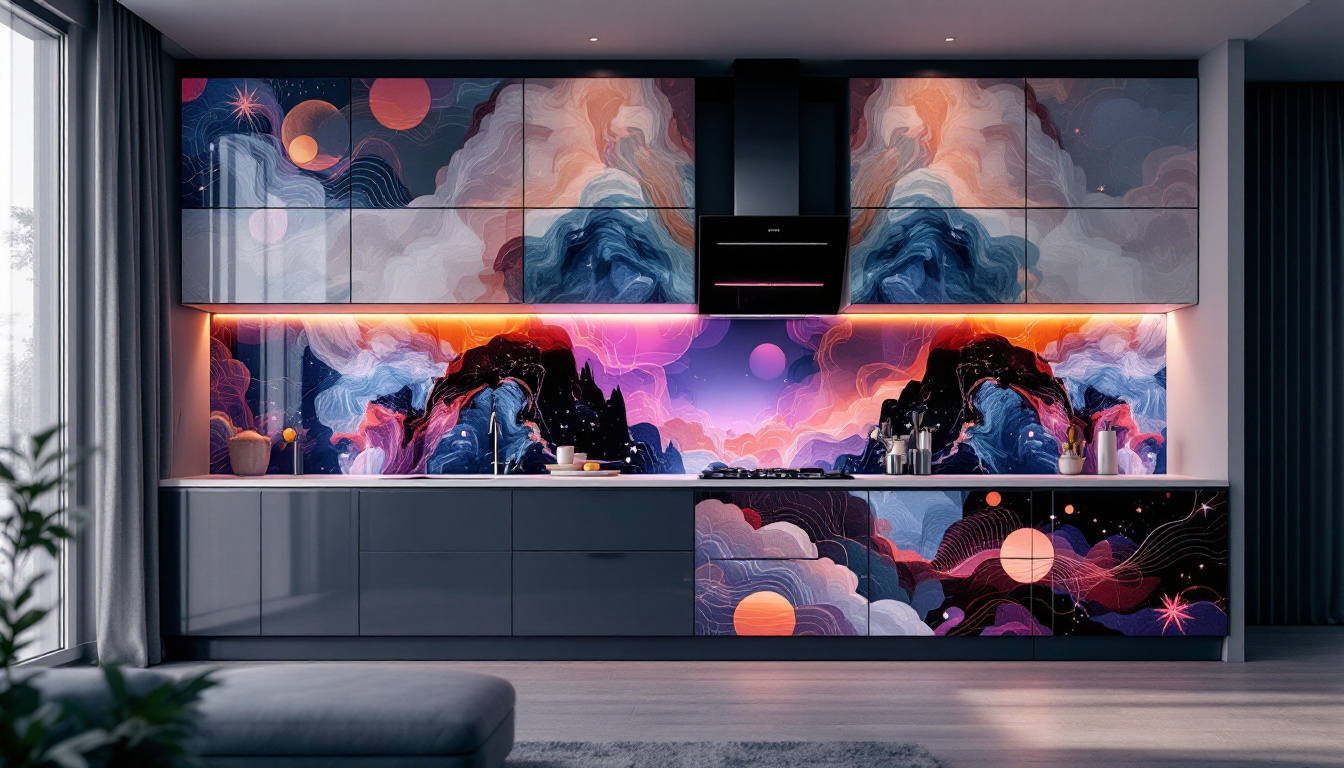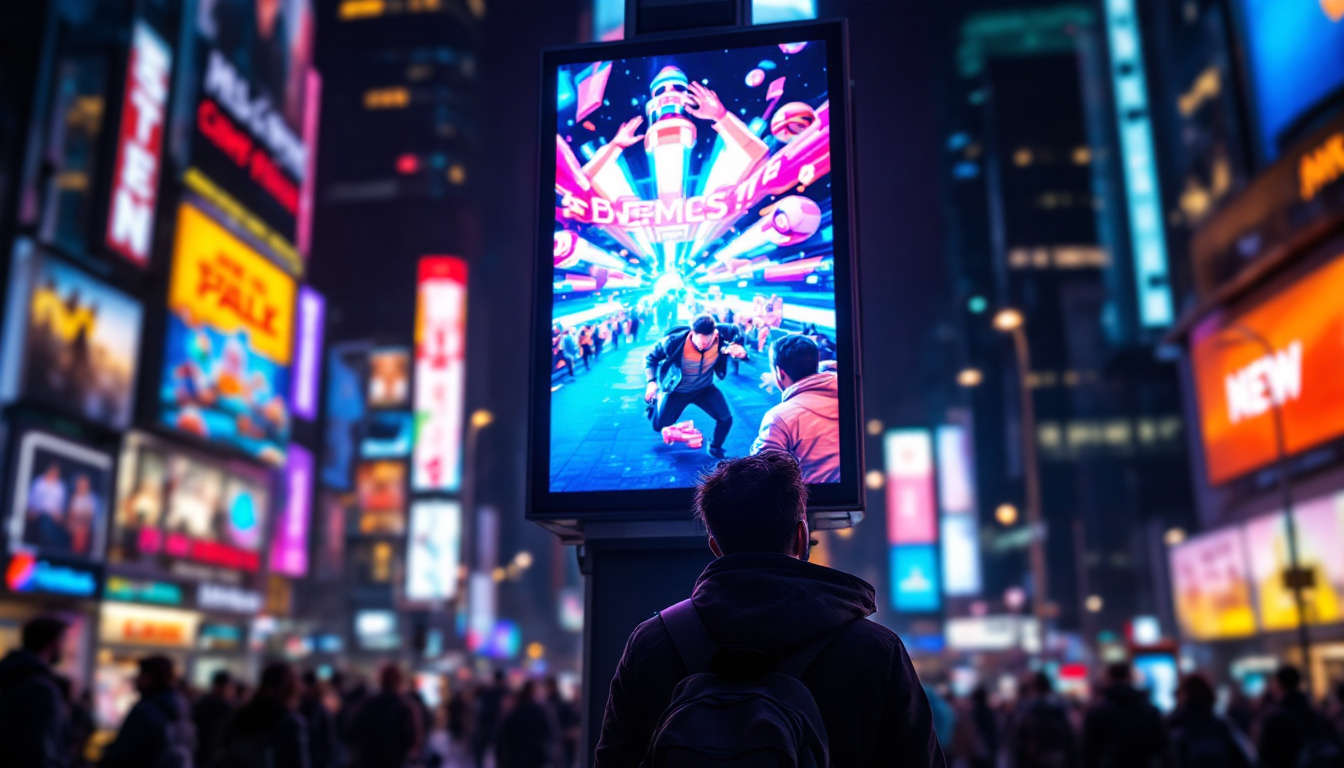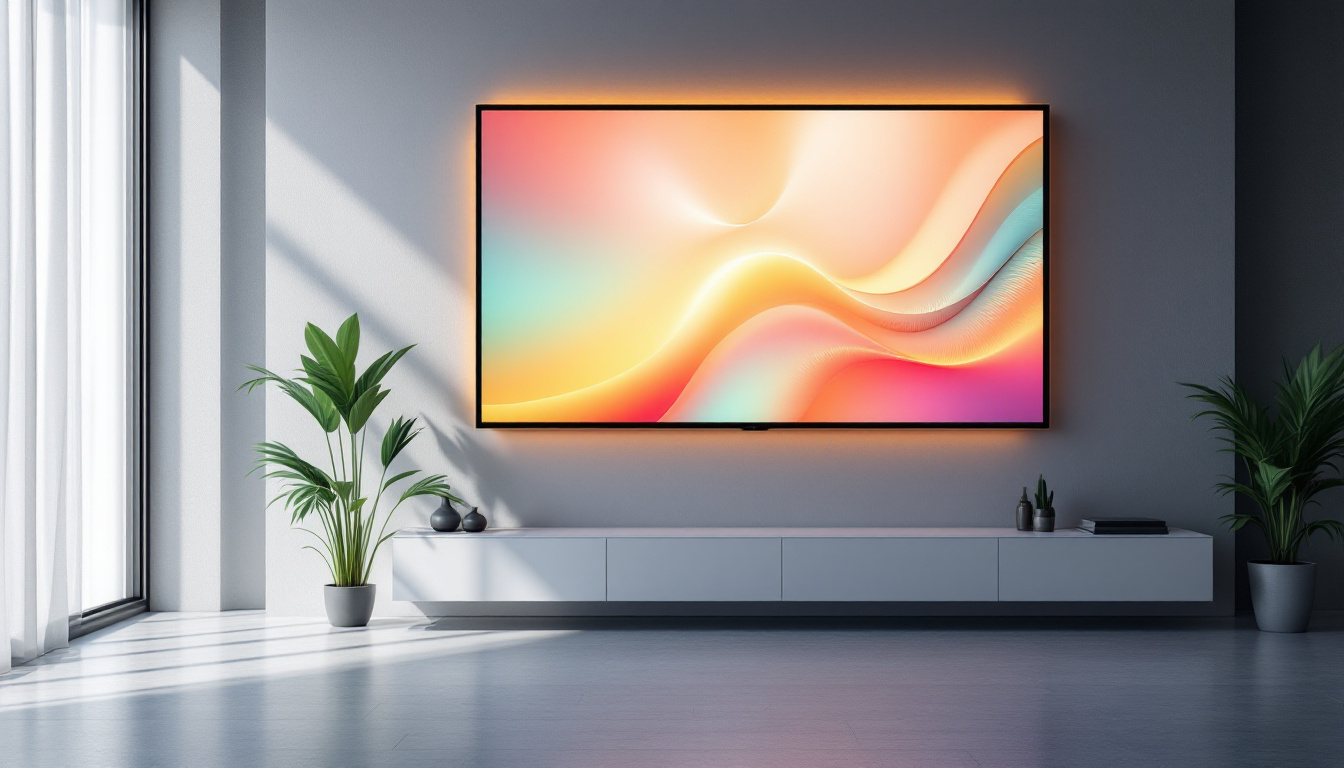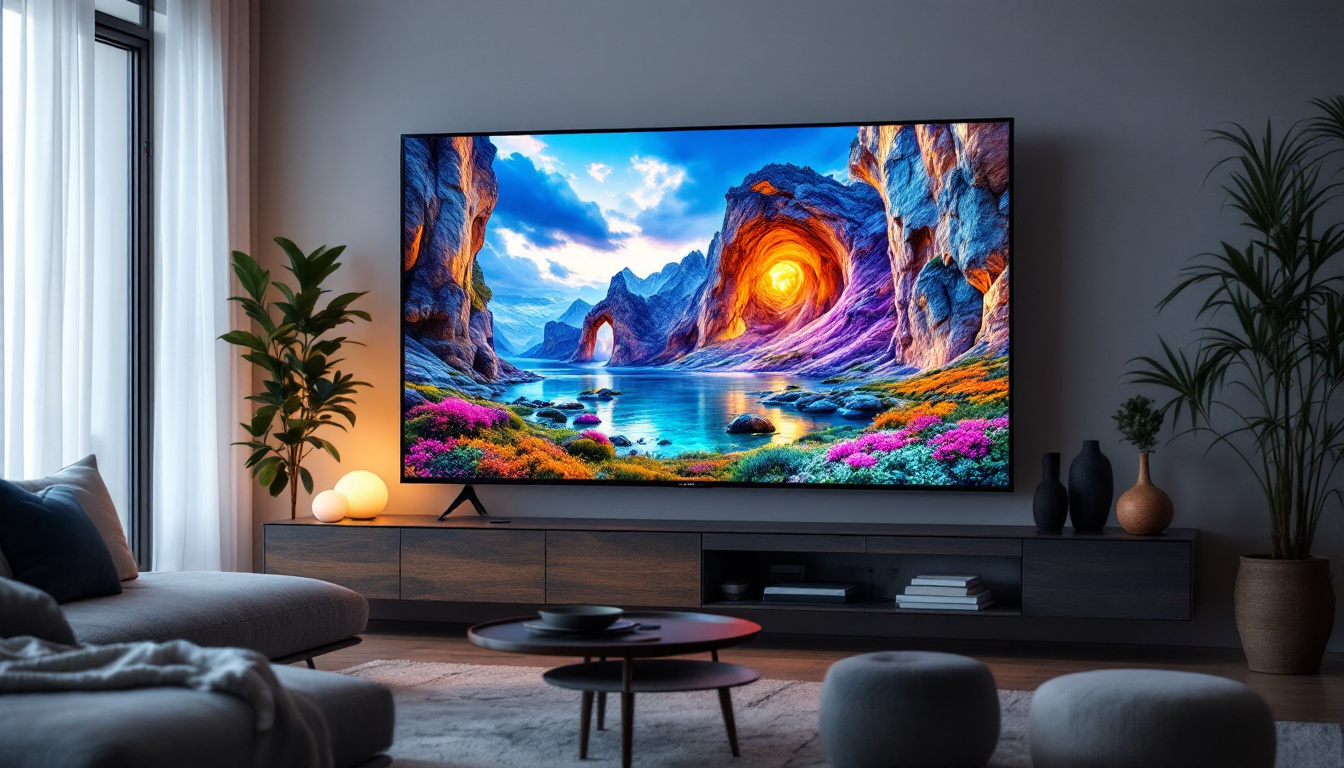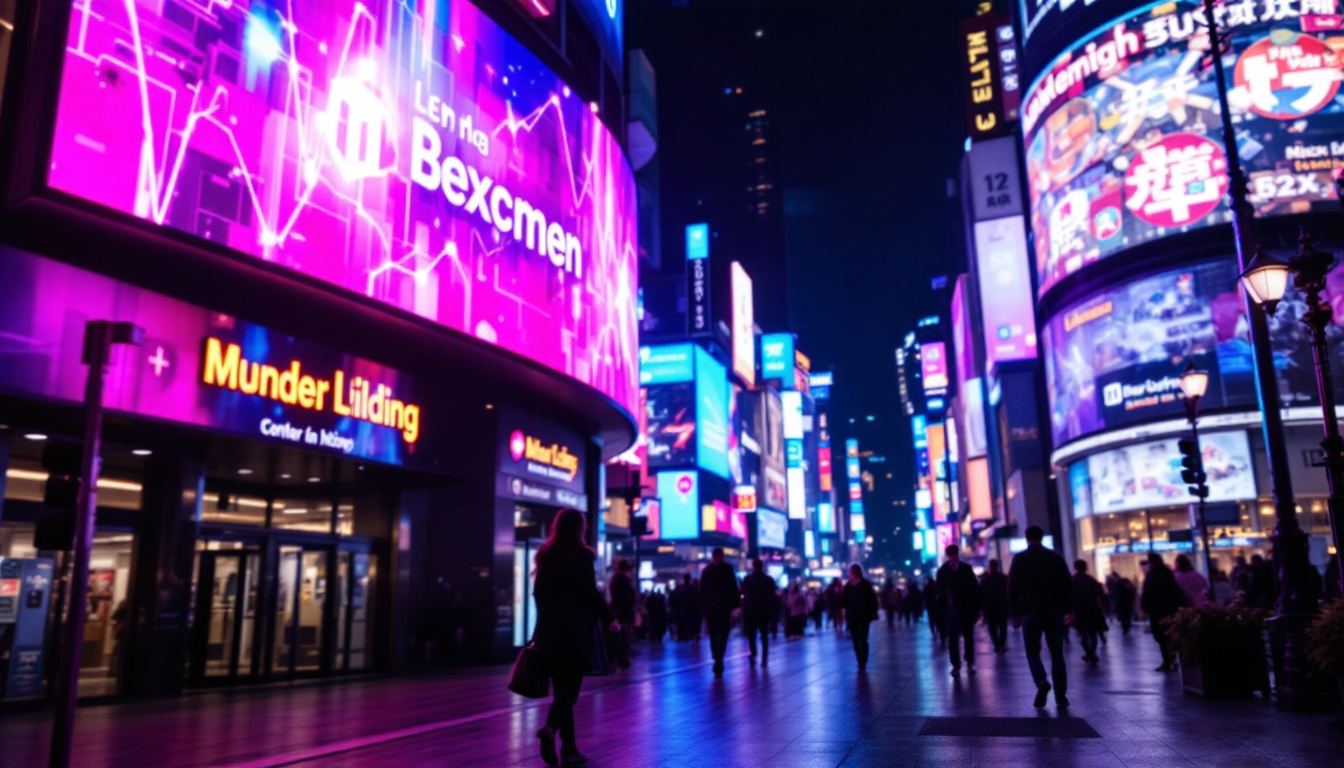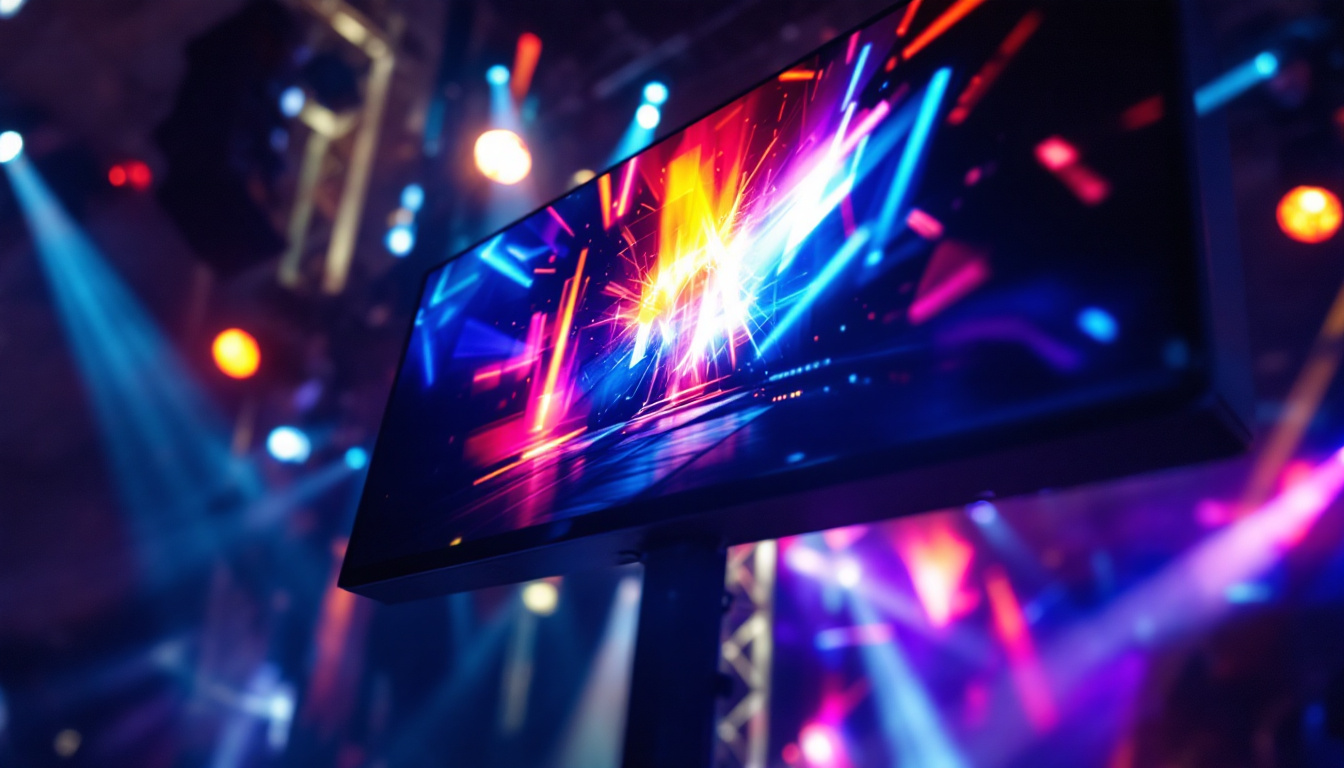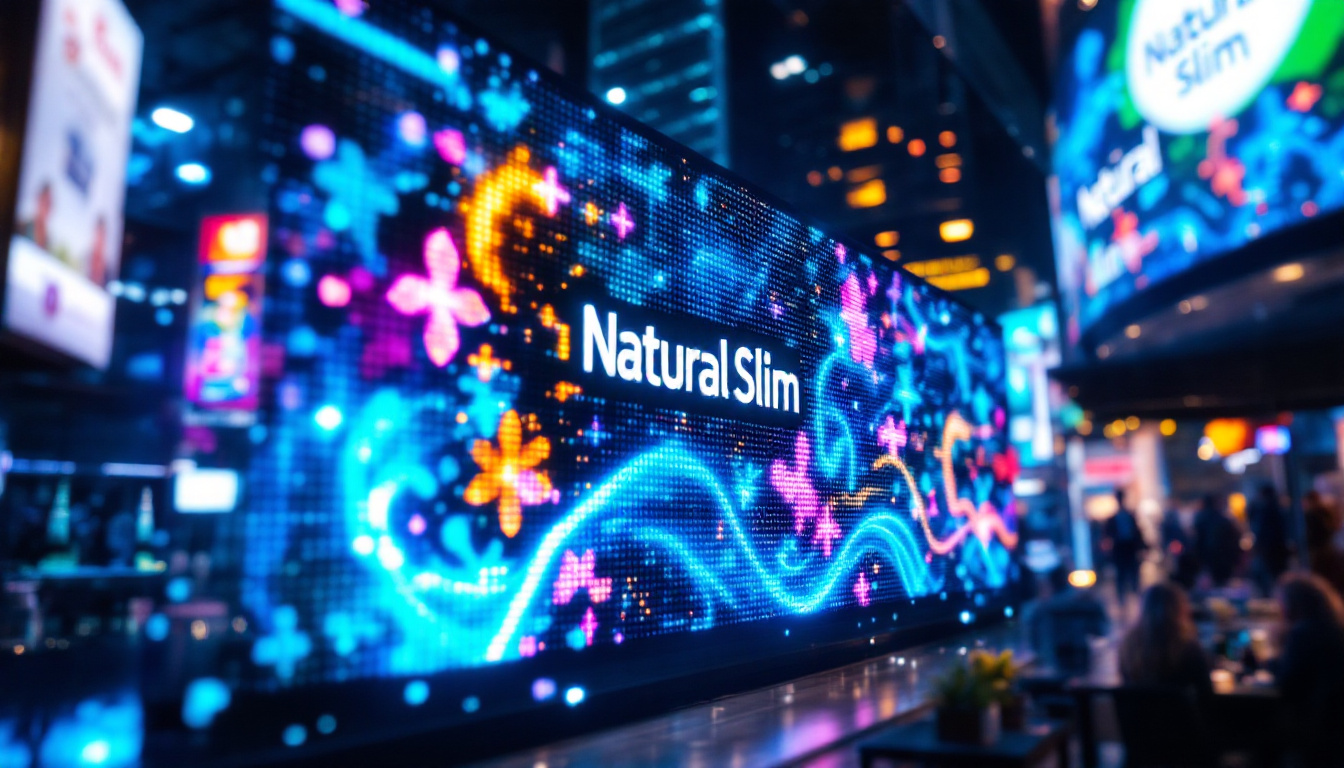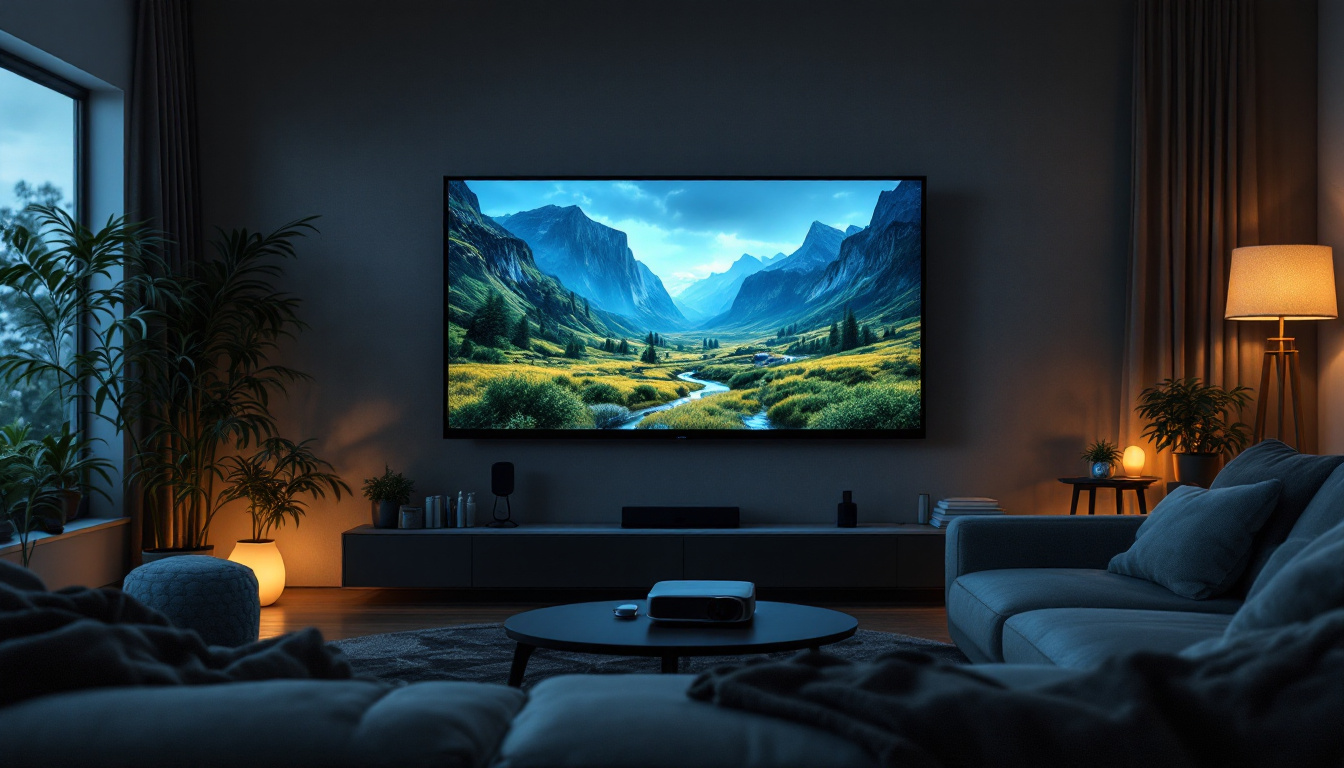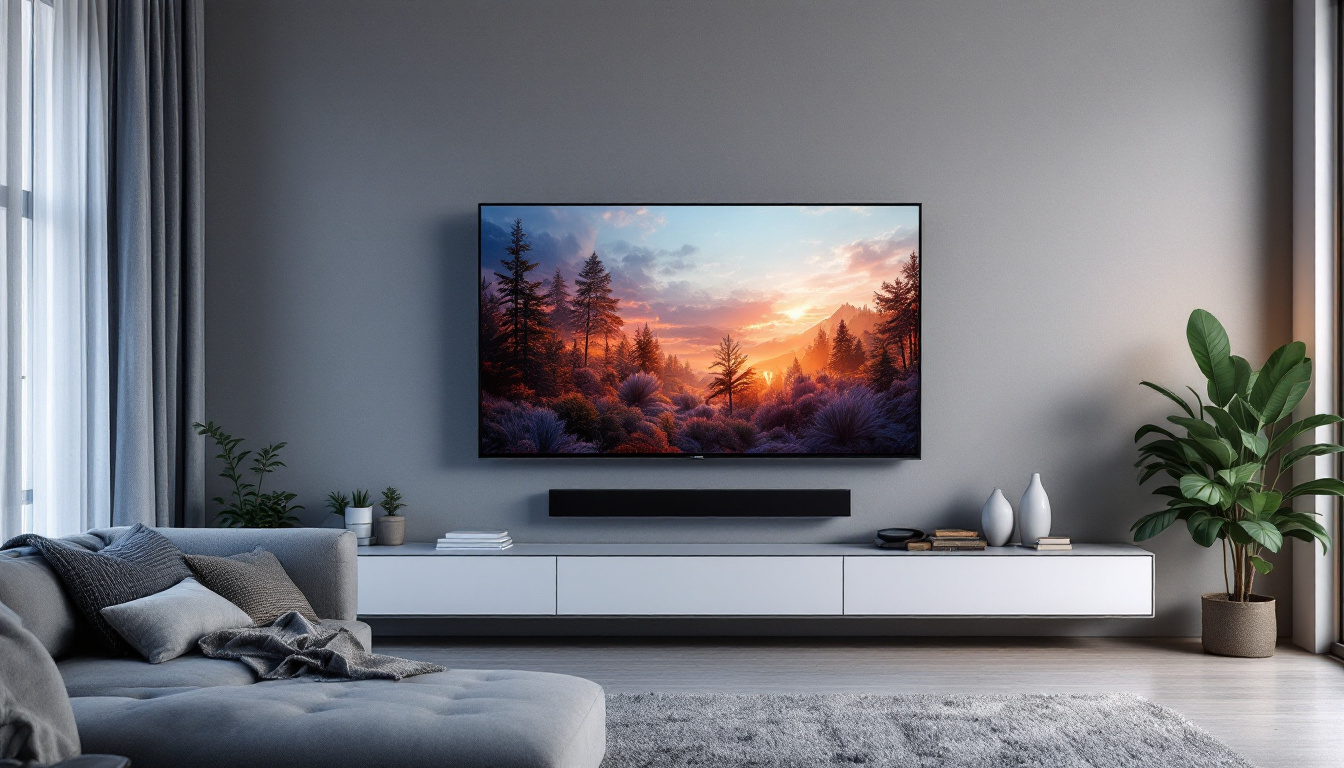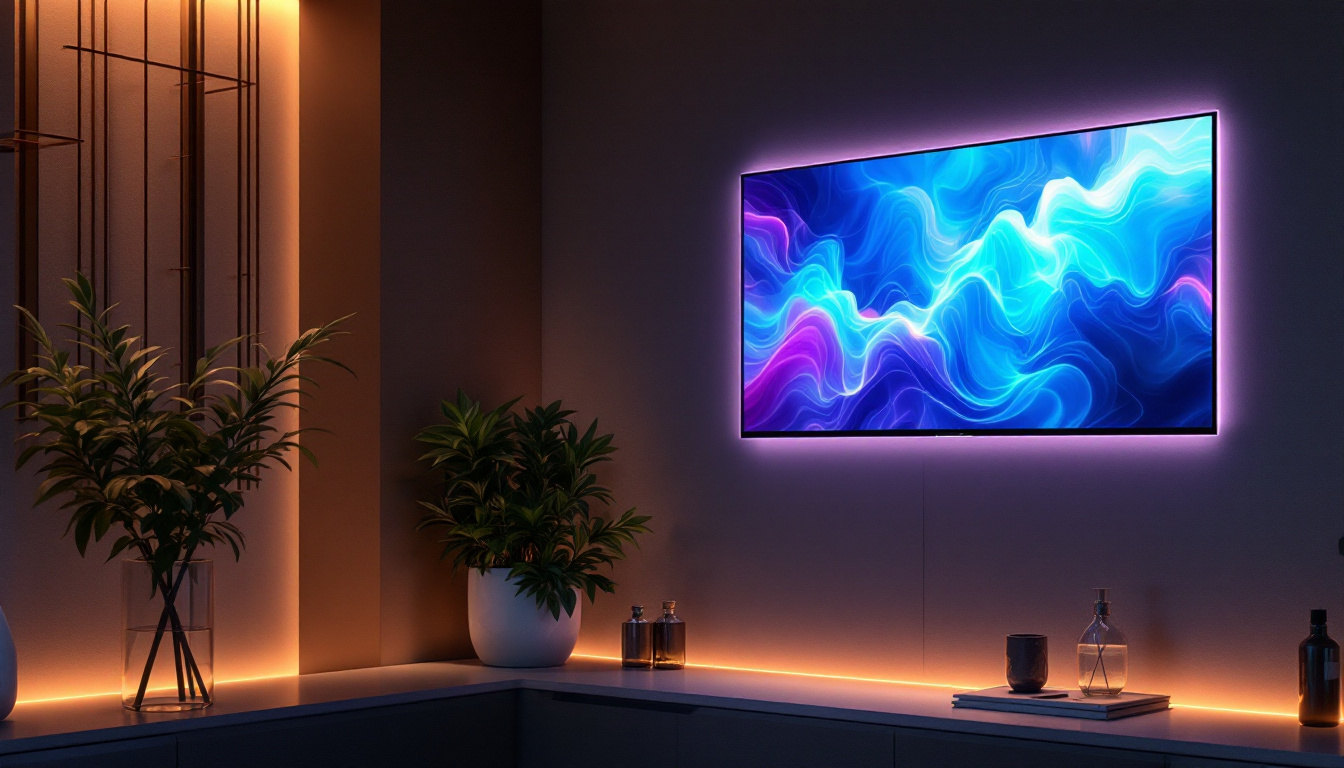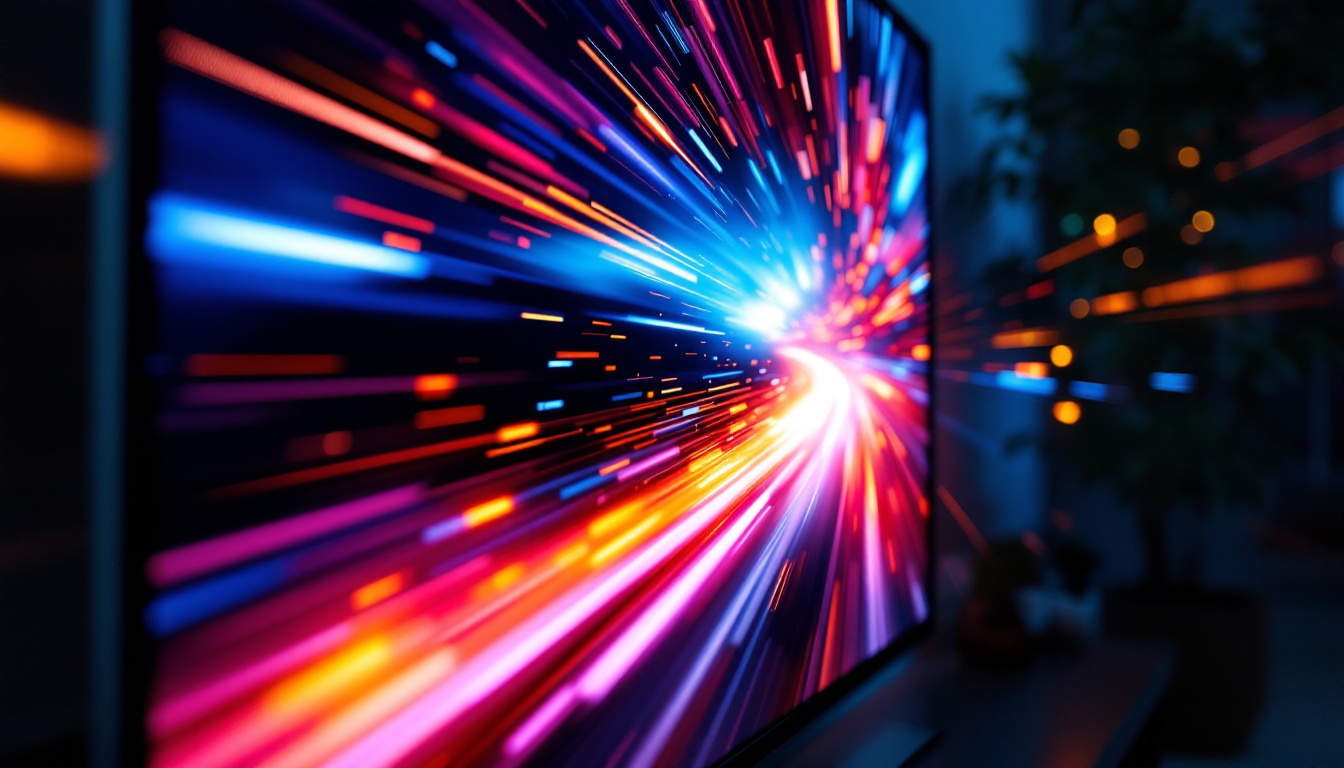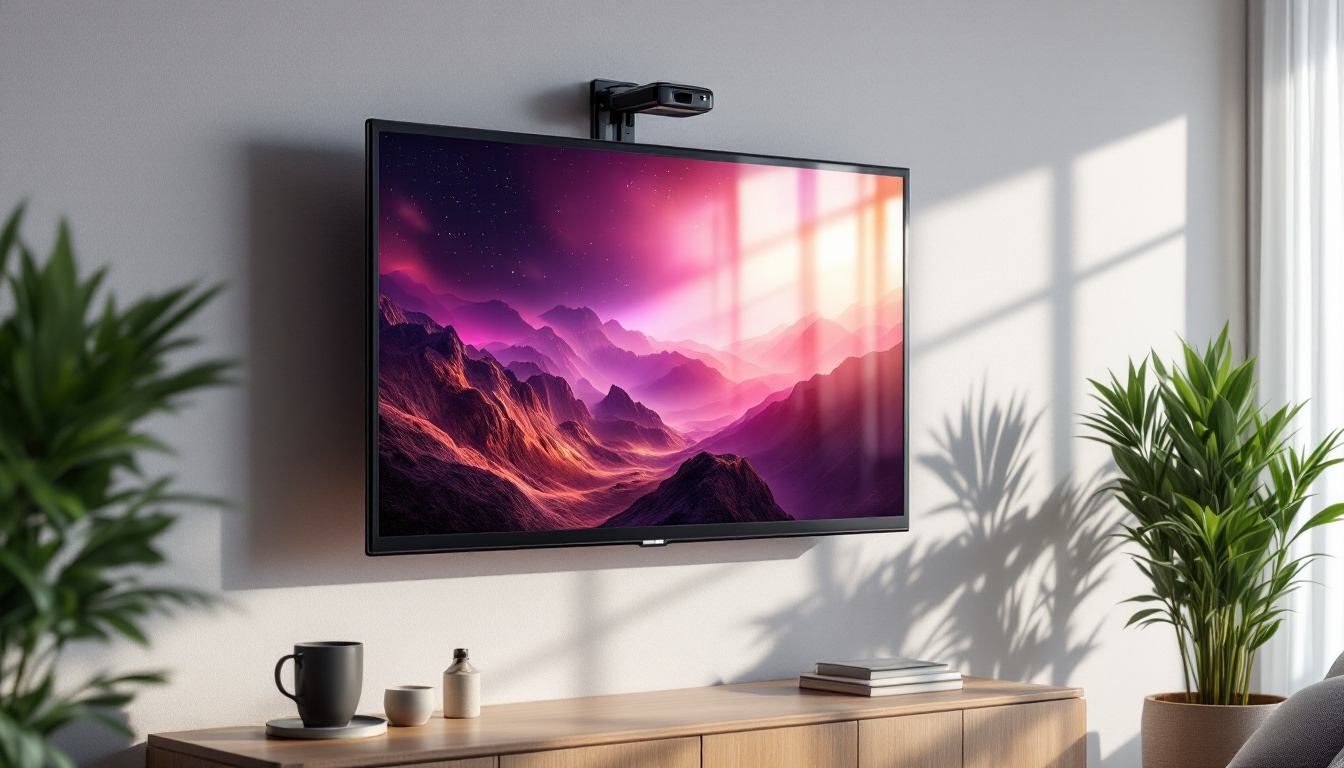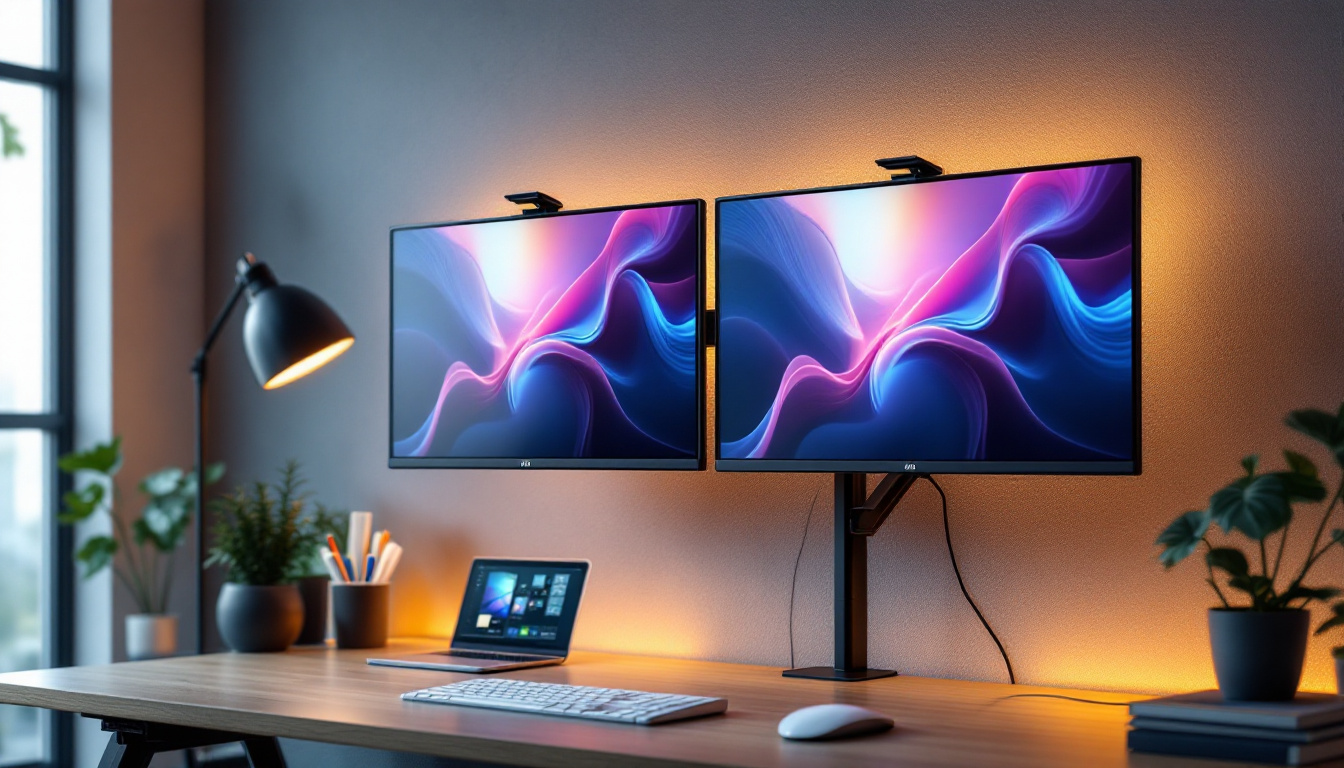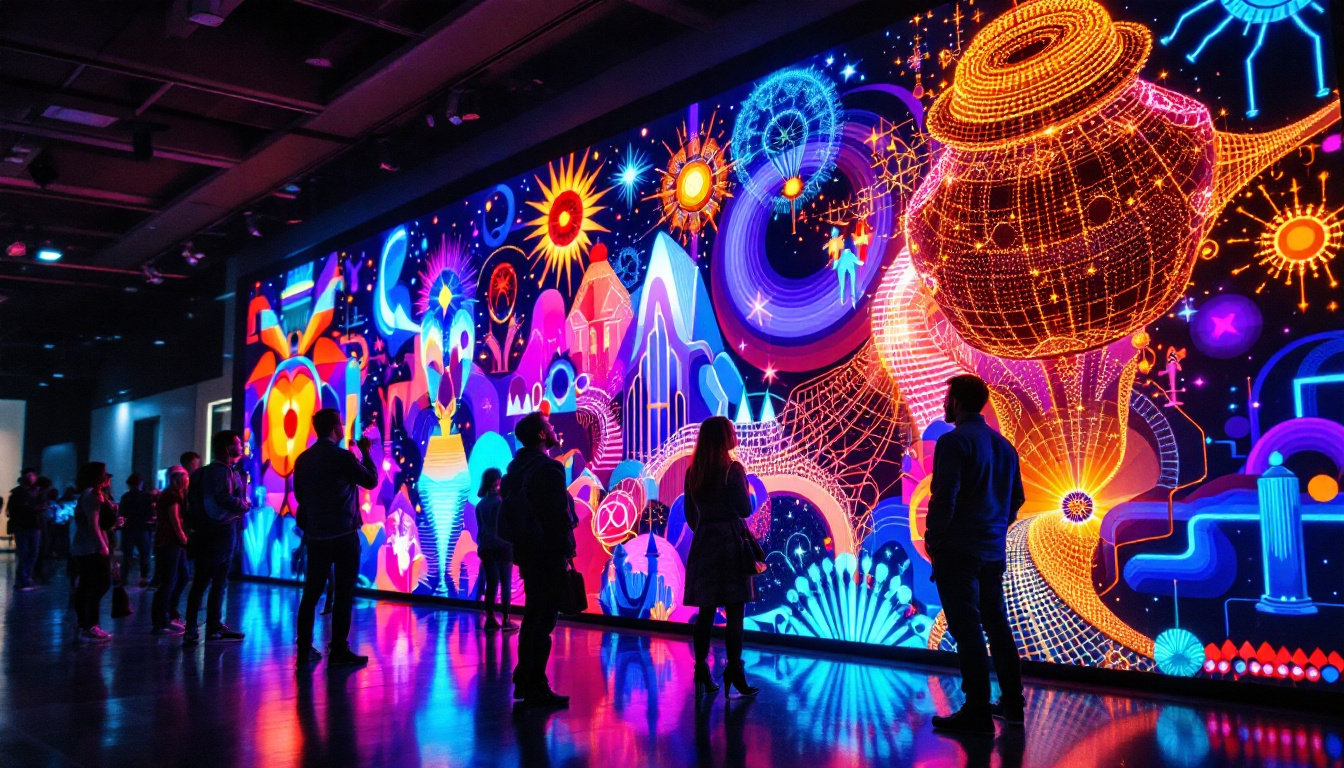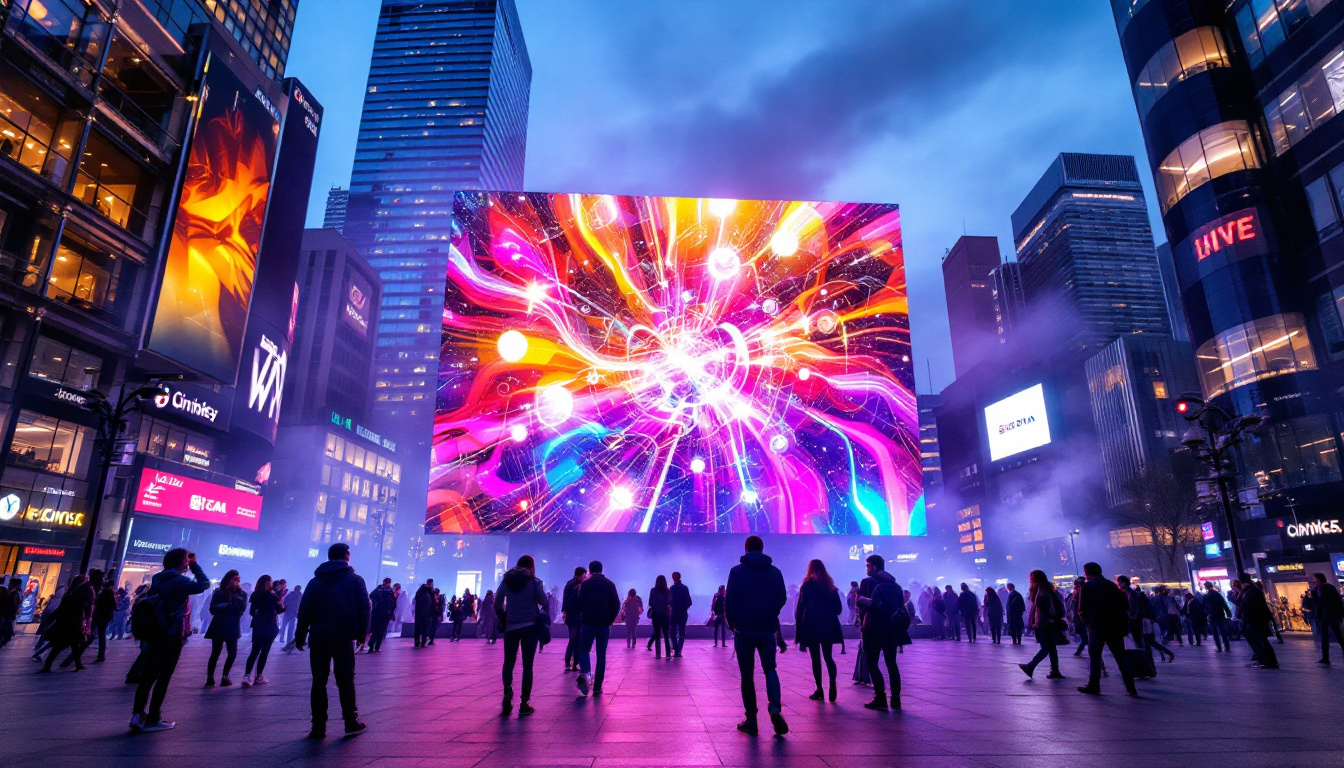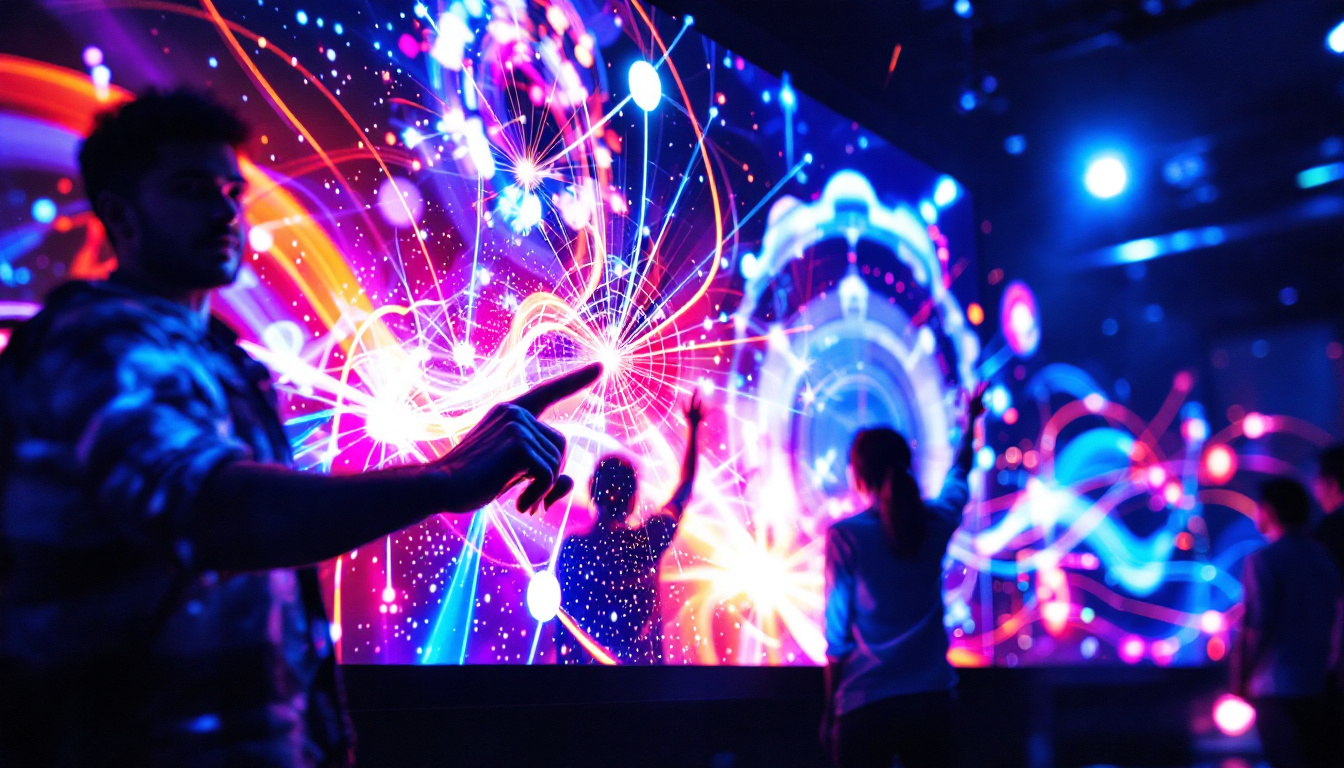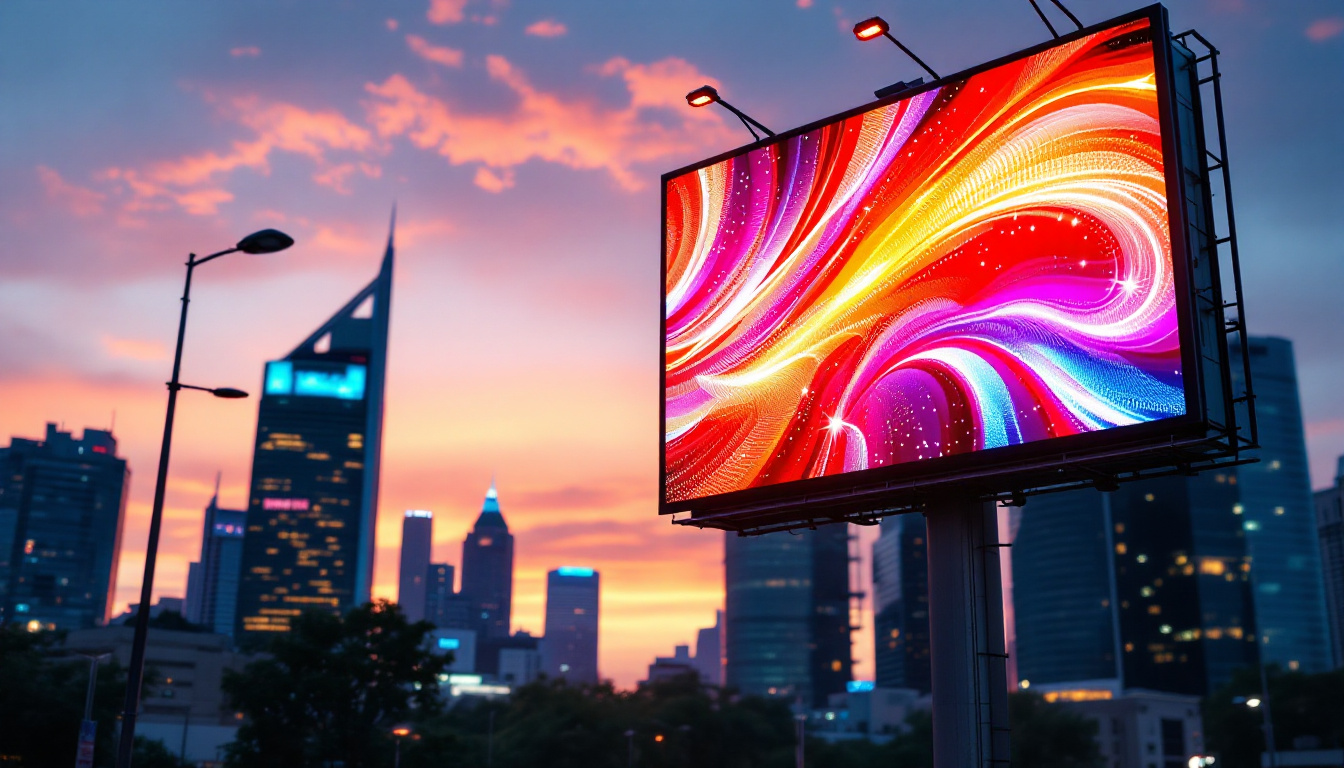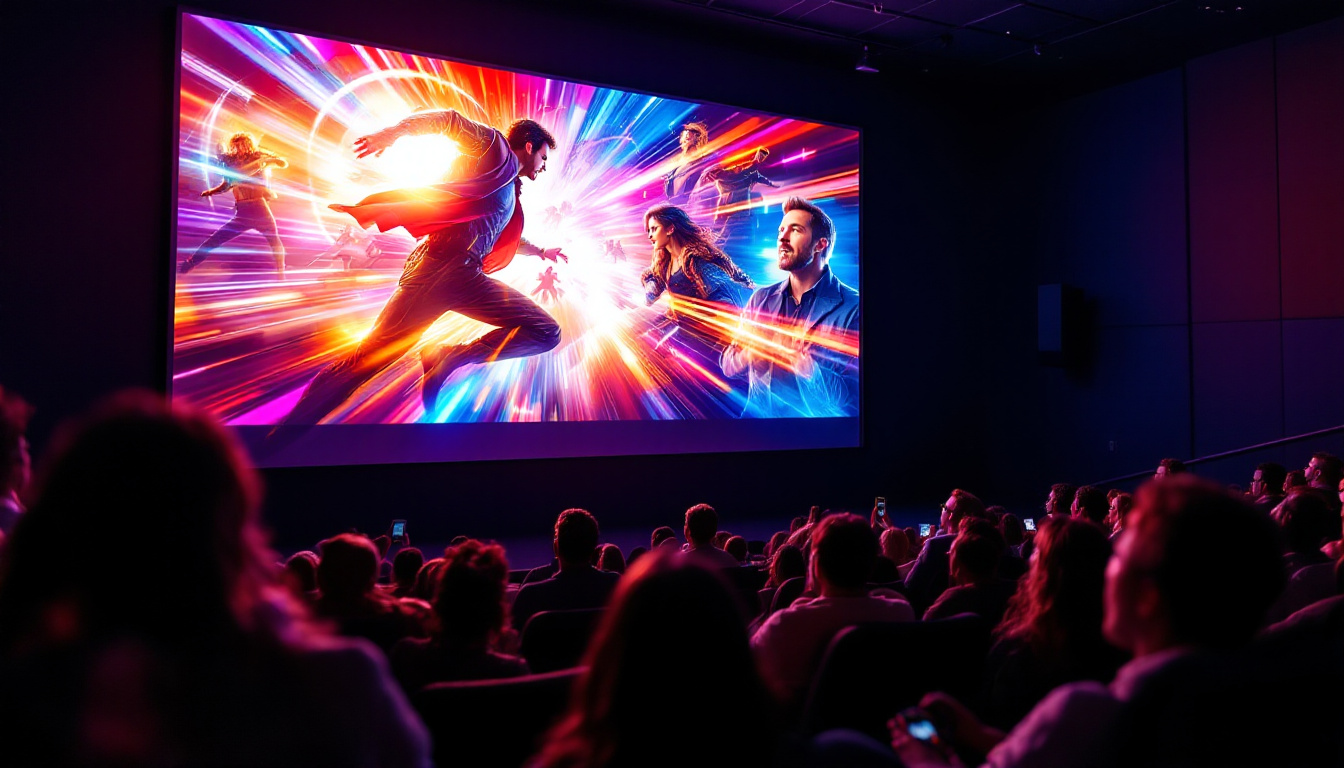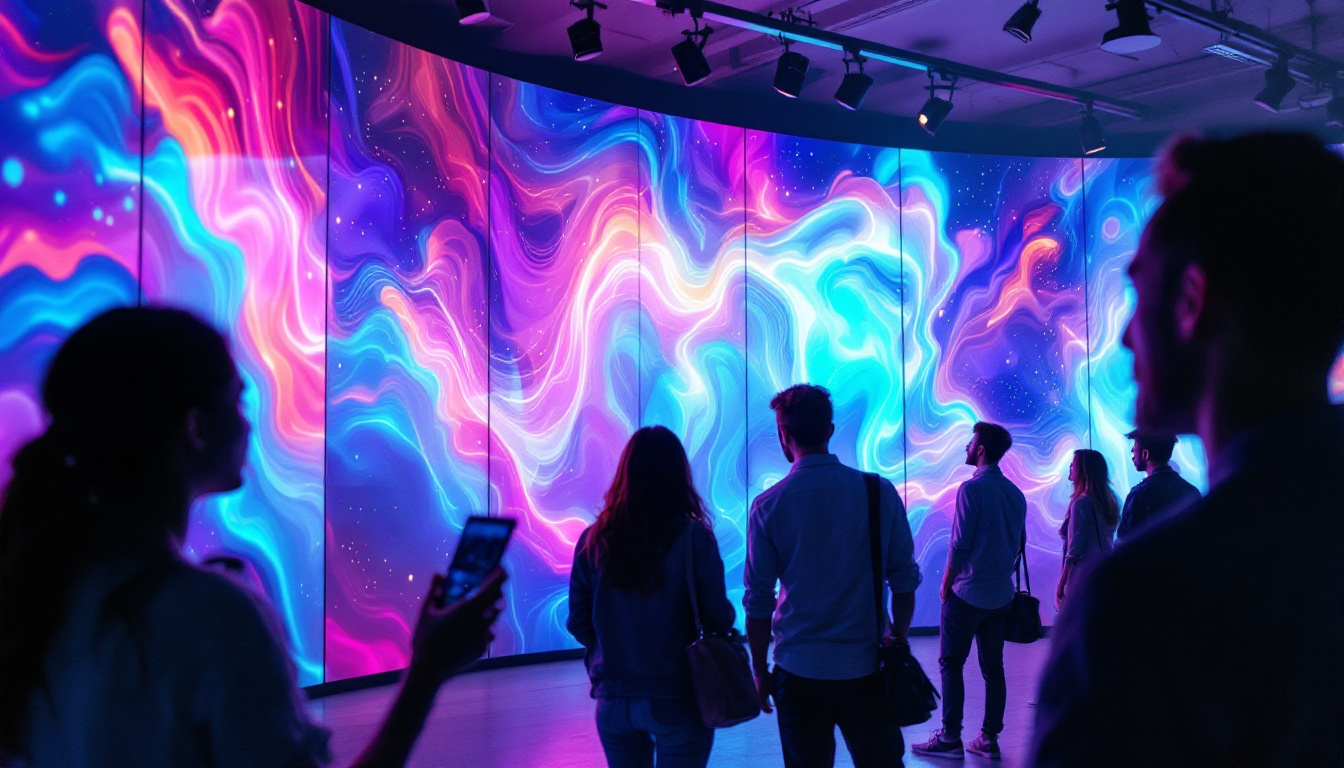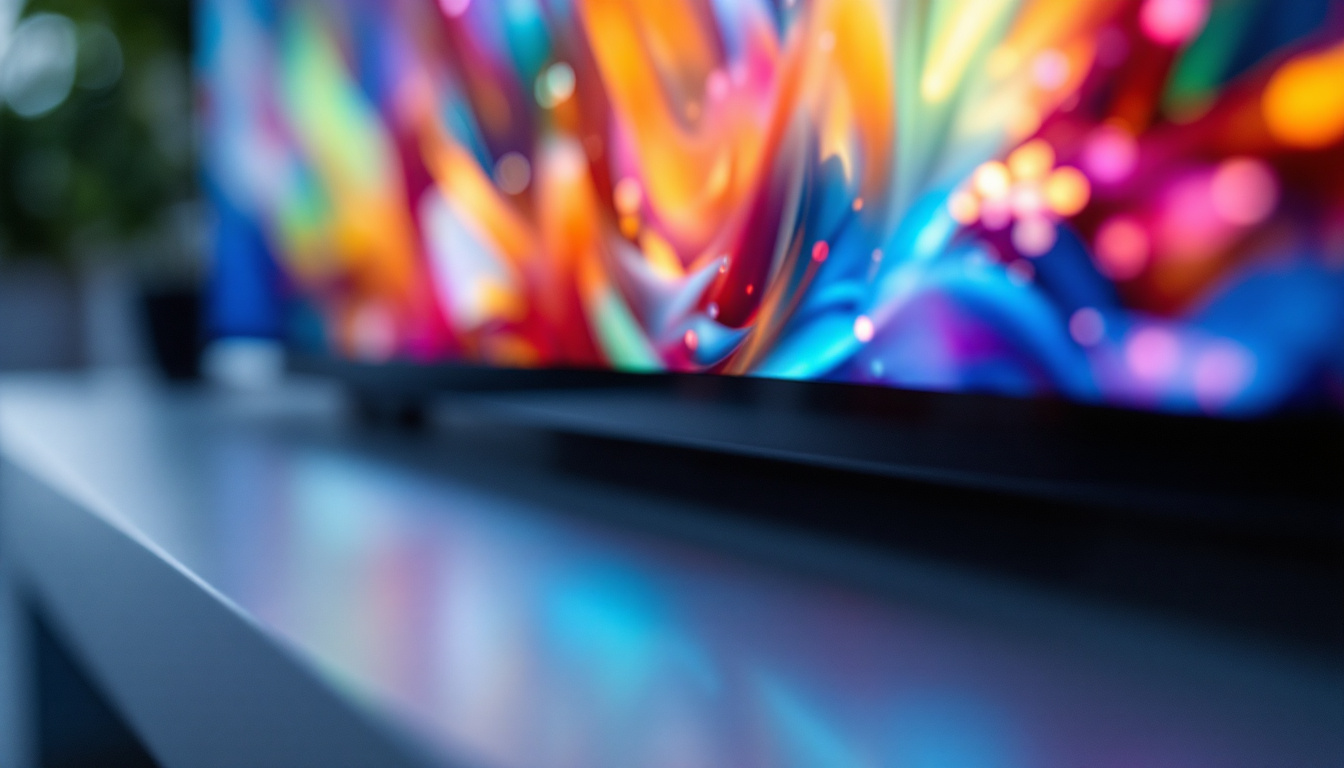In recent years, the demand for high-quality visual displays has surged across various sectors, from advertising to entertainment. One of the leading technologies driving this demand is the LED display. Understanding how these displays work, their advantages, and their applications can provide valuable insights into their growing popularity.
What is an LED Display?
An LED (Light Emitting Diode) display is a flat panel display that uses an array of light-emitting diodes to produce images. Unlike traditional displays that rely on backlighting, LED displays emit light directly, allowing for brighter colors and deeper contrasts. This technology is used in various applications, from televisions to large outdoor billboards. The versatility of LED displays has made them a popular choice for both commercial and residential use, providing users with high-quality visual experiences that were once unattainable with older technologies.
In addition to their impressive visual capabilities, LED displays are also known for their energy efficiency. They consume significantly less power compared to traditional display technologies, making them an environmentally friendly option. This efficiency not only reduces electricity costs but also contributes to a lower carbon footprint, which is increasingly important in today’s eco-conscious society. As a result, many businesses are opting for LED displays as part of their sustainability initiatives.
How LED Displays Work
LED displays operate by using a matrix of tiny light-emitting diodes. Each diode can emit red, green, or blue light, and by combining these colors in various intensities, a full spectrum of colors can be produced. The arrangement of these diodes can vary, leading to different types of LED displays, such as RGB, full-color, or monochrome displays. The technology behind LED displays has advanced significantly, allowing for finer pixel pitches and higher resolutions, which enhances the viewing experience even further.
The process begins with digital signals that are processed to control the brightness and color of each individual diode. This enables the display to render images, videos, and animations with remarkable clarity and vibrancy. The technology has evolved significantly, leading to advancements in resolution, refresh rates, and energy efficiency. For instance, modern LED displays can achieve refresh rates of up to 240Hz, which is particularly beneficial for fast-paced content such as sports or action movies, ensuring that motion appears smooth and fluid without blurring.
Types of LED Displays
There are several types of LED displays, each designed for specific applications. Common types include:
- Direct View LED Displays: These displays consist of individual LEDs that form the entire image. They are commonly used for large outdoor screens and digital billboards, often seen in stadiums and concert venues where visibility from a distance is crucial.
- LED-backlit LCD Displays: These displays use LEDs to provide backlighting for an LCD panel. They are widely used in televisions and computer monitors, offering a balance between performance and cost-effectiveness.
- Organic LED (OLED) Displays: A newer technology that utilizes organic compounds to emit light. OLED displays are known for their superior contrast and color accuracy, making them a favorite among photographers and graphic designers who require precise color reproduction.
Additionally, there are also specialized LED displays such as Transparent LED displays, which allow for the integration of digital content into glass surfaces, and Flexible LED displays that can be bent or shaped for unique installations. These innovations are pushing the boundaries of what is possible in display technology, enabling creative applications in advertising, architecture, and art installations. As the demand for high-quality visual communication continues to grow, the evolution of LED display technology will likely play a pivotal role in shaping the future of how we interact with digital content.
Advantages of LED Displays
LED displays offer numerous advantages over traditional display technologies, making them a popular choice for various applications. Understanding these benefits can help businesses and consumers make informed decisions.
Energy Efficiency
One of the most significant advantages of LED displays is their energy efficiency. Compared to traditional incandescent or fluorescent displays, LED technology consumes significantly less power. This not only reduces operational costs but also contributes to a lower carbon footprint, making LED displays an environmentally friendly option. Furthermore, the reduced energy consumption translates into less heat generation, which can lead to lower cooling costs in environments where multiple displays are used, such as retail stores or large venues.
Brightness and Visibility
LED displays are known for their exceptional brightness levels, which make them highly visible even in direct sunlight. This characteristic is particularly advantageous for outdoor advertising and public information displays, where visibility is crucial. The ability to maintain high contrast ratios and vibrant colors further enhances the viewing experience. Additionally, many LED displays come equipped with adaptive brightness technology, which automatically adjusts the display’s brightness based on ambient light conditions, ensuring optimal visibility at all times, whether during the day or at night.
Longevity and Durability
LED displays have a longer lifespan compared to traditional displays. With an operational life of up to 100,000 hours, they require less frequent replacements, which can lead to significant cost savings over time. Additionally, LED technology is more resistant to shock and vibration, making it suitable for various environments, including outdoor settings. The rugged construction of LED displays also means they can withstand harsh weather conditions, such as heavy rain, snow, and extreme temperatures, further extending their usability in diverse applications. This durability not only enhances their lifespan but also reduces maintenance efforts and costs associated with repairs and replacements, providing a reliable solution for businesses and organizations.
Applications of LED Displays
The versatility of LED displays allows them to be utilized in a wide range of applications. From commercial advertising to entertainment, their impact is evident across multiple sectors.
Advertising and Marketing
One of the most prominent uses of LED displays is in advertising and marketing. Digital billboards, storefront displays, and event signage leverage the vibrant colors and high visibility of LED technology to capture consumer attention. Advertisers can also update content in real-time, allowing for dynamic marketing strategies that can adapt to changing circumstances.
Entertainment and Events
In the entertainment industry, LED displays have revolutionized the way audiences experience concerts, sporting events, and theatrical performances. Large LED screens are often used to display live feeds, enhance stage visuals, and create immersive environments. The flexibility of LED technology allows for creative designs that can transform any venue.
Corporate and Educational Settings
LED displays are increasingly being adopted in corporate and educational environments. In corporate settings, they are used for presentations, video conferencing, and information displays in lobbies. Educational institutions utilize LED technology for interactive learning experiences, displaying information in classrooms, auditoriums, and campuses.
Challenges and Considerations
While LED displays offer numerous advantages, there are also challenges and considerations that potential users should be aware of. Understanding these factors can help in making informed decisions regarding the integration of LED technology.
Initial Costs
The initial investment for LED displays can be higher than traditional display technologies. Although the long-term savings in energy and maintenance can offset these costs, businesses must consider their budget and the expected return on investment. Careful planning and analysis are essential to ensure that the benefits outweigh the initial expenditure.
Technical Expertise
Implementing LED display technology may require technical expertise for installation and maintenance. Organizations may need to invest in training staff or hiring specialized professionals to ensure optimal performance. This consideration is particularly important for large-scale installations where technical challenges can arise.
Content Management
Effective content management is crucial for maximizing the impact of LED displays. Organizations must develop strategies for creating and updating content regularly. This may involve investing in software solutions and dedicating resources to content creation, which can be a significant undertaking for some businesses.
The Future of LED Displays
The future of LED displays looks promising, with ongoing advancements in technology and applications. As industries continue to evolve, so too will the capabilities of LED displays.
Advancements in Technology
Emerging technologies such as microLED and miniLED are set to enhance LED displays further. These innovations promise improved resolution, color accuracy, and energy efficiency. As these technologies mature, they will likely lead to even more applications and opportunities for businesses and consumers alike.
Integration with Smart Technology
As the world becomes increasingly interconnected, the integration of LED displays with smart technology is becoming more prevalent. This includes the use of IoT (Internet of Things) devices to enable real-time data sharing and content updates. The ability to connect displays to various data sources can enhance their functionality and effectiveness.
Environmental Considerations
With a growing emphasis on sustainability, LED displays are likely to evolve to become even more environmentally friendly. Innovations in recycling and energy-efficient manufacturing processes will contribute to reducing the overall environmental impact of LED technology. As consumers become more environmentally conscious, businesses will need to adapt to these expectations.
Conclusion
LED displays have transformed the way information is presented and consumed across various sectors. Their advantages in energy efficiency, brightness, and durability make them a compelling choice for businesses and consumers alike. However, it is essential to consider the challenges associated with initial costs, technical expertise, and content management.
As technology continues to advance, the future of LED displays looks bright. With ongoing innovations and a growing emphasis on sustainability, these displays will likely play an even more significant role in shaping the visual landscape of our world. Understanding the intricacies of LED technology can empower businesses to leverage its full potential and enhance their communication strategies.
In summary, LED displays are not just a trend; they represent a fundamental shift in how visual information is conveyed. By embracing this technology, companies can stay ahead of the curve and effectively engage their audiences in an increasingly digital world.
Explore Cutting-Edge LED Display Solutions
Ready to elevate your visual communication and engage your audience with unparalleled clarity? Discover LumenMatrix’s innovative LED display technology, tailored to meet the diverse needs of your business. From captivating Indoor LED Walls to dynamic Outdoor LED Displays, and from versatile Vehicle LED Displays to sleek LED Poster Displays, LumenMatrix offers a comprehensive range of solutions. Experience the revolution in digital signage with our LED Sports Displays, interactive Floor LED Displays, and the transformative All-in-One LED Display. Embrace transparency with our LED Transparent Display, or let us help you create a Custom LED Display that perfectly fits your vision. Check out LumenMatrix LED Display Solutions today and step into the future of visual storytelling.

